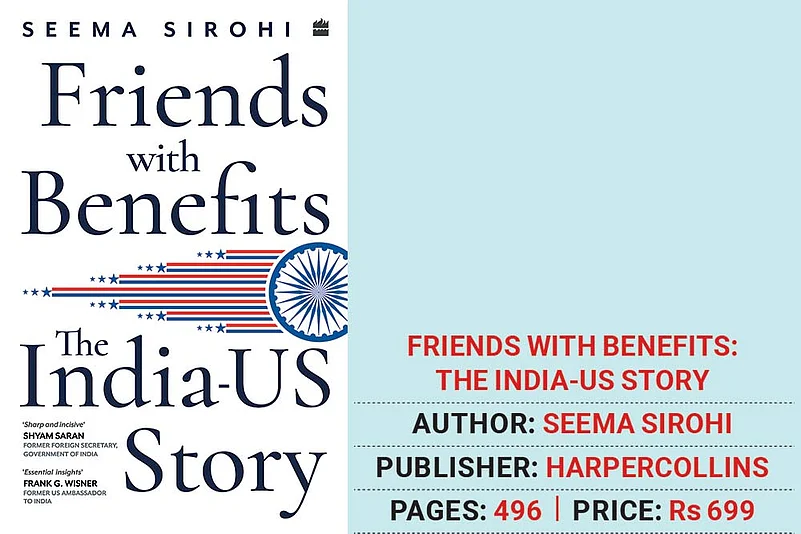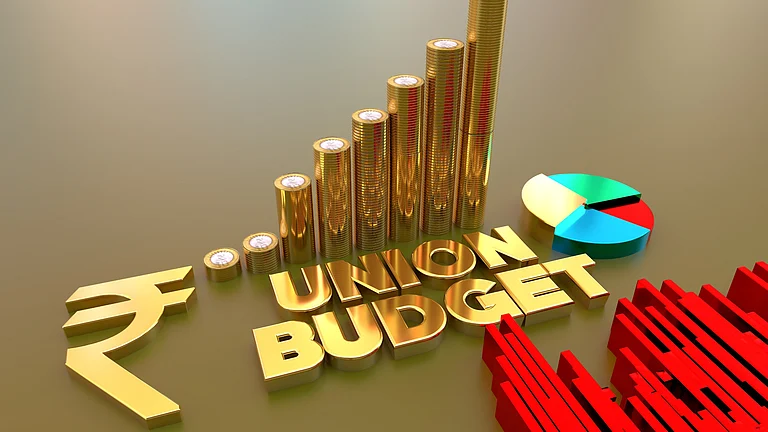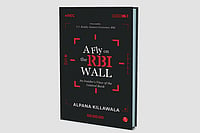Narendra Modi turned out to be a frequent flyer to the US and seemed to clock a visit every year. Of his many trips, his foray to Silicon Valley in September 2015 was one of the more far-sighted attempts to broaden India’s technology base by connecting with tech leaders in the mecca of technology.
Over a weekend, Modi visited the campuses of Google, Tesla Motors and Facebook, and had private meetings with the CEOs of Apple, Google and Microsoft. He made a pitch for bridging the digital divide at a dinner attended by nearly 500 executives. Throwing zinger after zinger, he showed off his familiarity with social media. It was one of most well-written speeches in recent memory. There was a rumour he might speak in Hindi, forcing the lag of translation—often poorly done—but fortunately he chose English, the language of the ‘aspirational’ India he wanted to lead
Modi referred to the CEOs on stage with him by first name—Satya, Sundar, Shantanu, John and Paul. The pentagon of the technology world, they were Satya Nadella of Microsoft, Sundar Pichai of Google, Shantanu Narayen of Adobe, John Chambers of Cisco and Paul Jacobs of Qualcomm. As the dinner progressed, three of them announced new initiatives in India, including a fund to fuel start-ups.
He also courted Indian Americans on the West Coast. Of course, there was a Modi rally, and this time in San Jose’s SAP Center, a cavernous sports arena also known as the Shark Tank. The press box was located in the upper reaches of the stadium, making you feel you were hanging from the ceiling. Although 45,000 people had registered to get tickets, only 18,000 got them through a lottery system. Ticket distribution was suboptimal, and many who did get tickets didn’t bother to show up. But thirteen members of Congress, including House Speaker Nancy Pelosi, attended the second Modi fest, although they missed much of his speech—some was lost in translation and some was not translated at all for some reason. Since he was addressing a ‘home crowd’ of Indian Americans, he spoke in Hindi.
Interestingly, Modi’s visit coincided with a state visit by Chinese leader Xi Jinping. The two competing Asian leaders were on a similar quest—to woo tech titans. Both pitched their country as the better destination without saying so. But the difference in scale of the two markets was brought home when Chinese companies signed a deal to buy 300 Boeing planes worth $38 billion during Xi’s visit. India cleared a $3-billion deal with Boeing for Apache and Chinook helicopters in time for Modi’s landing. It had taken more than a year for the Cabinet to sign off on it.
Modi and Xi employed very different approaches during their tech tour. The Indian Prime Minister showed a willingness to listen, asked for advice and took suggestions on board. American CEOs told Modi about tax problems, bankruptcy laws, slow deregulation and the need to further open up the defence sector. Modi asked them to give him a detailed note so he could get back to them. It went down well, but some of the sheen around the new Prime Minister as a man of action was off. The slow pace of reforms at home was hurting his image abroad.
Xi, on the other hand, lost no opportunity to drive home the size of the Chinese market, which tech CEOs openly coveted. He didn’t need to be polite. The Top Ten of Tech waited patiently for a photo with Xi, cooling their heels for twenty minutes. The elite crowd then jostled for face time. The big issues for the US vis-à-vis China at both government and industry levels included allegations of hacking, censorship and denial of market access by the Chinese. The backdrop was the hacking of personal data of more than 5 million US government employees across agencies, widely blamed on China.
Xi got a twenty-one-gun salute on the White House lawns and a state dinner for 200 guests. The dinner conversation was testy, but the Obama administration tiptoed around contentious issues, made no apparent dent in Xi’s armour and got no promises to halt cyberattacks. The White House instead highlighted progress on climate change, but everyone noticed. With the visit, Xi had taken one more step towards forcing a ‘new type of major power relationship’, where his core interests were not up for compromise. He had proposed the concept in June 2013 during his first summit with Obama in Sunnylands, California. Under Xi, China increasingly saw itself as America’s equal.
Modi at the United Nations
For Modi the road was longer and harder. He kept a punishing schedule, trying to weave various strands of his 2015 visit—bilateral, multilateral, Silicon Valley, the diaspora—into a meaningful whole. He went east to New York to attend the United Nations General Assembly, where a year ago he had made a unique appeal to world leaders—to fight climate change by pursuing a more holistic approach to life. Harmony between man and nature was essential, and yoga was the perfect vehicle for creating consciousness to ultimately change lifestyles of consumption.
Yoga as foreign policy was unusual, but it turned out to be a roaring success.
***

Bookmarked
Take a look at what’s new in the business section of Amazon’s bookshelf
Forks in the Road: My Days at RBI and Beyond
Author: C. Rangarajan
Published: October 2022
The book is a captivating account of the veteran economist’s professional journey, starting with his accidental entry into the RBI in 1982. Rangarajan gives insights into his role in the team which initiated far-reaching reforms in India’s economy in the early 1990s.
Outskill: Future Proofing Your Career in the Post-Pandemic World
Partha Basu (November 2022)
Outskill is a deep dive into skill sets that can make people relevant in the rapidly evolving workplace in a post-pandemic era, exploring virtual leadership, digital networking, personal branding, etc.
Winning Middle India: The Story of India’s New-Age Entrepreneurs
Bala Srinivasa, T.N. Hari (November 2022)
The authors look at the new generation of start-up founders who do not carry the baggage of the past and want to break open the massive market of Middle India, right below the top of the pyramid.
Leaders in the Making
Arvind Agrawal, T.V. Rao (December 2022)
The authors analyse the journey of 30 HR leaders, tracing their childhood, education and career growth to establish a pattern of their competencies and values.
























